Cables are the backbone of any IT infrastructure, enabling seamless connectivity and data transmission. The correct selection and use of cables can significantly impact the reliability and performance of a business network. In this article, we will explore five essential types of cables commonly used in various industries. 1. Ethernet Cables Ethernet cables are widely used for networking and internet connection purposes. They carry data signals between devices such as computers, routers, switches, and modems. Category 5e (Cat5e) and Category 6 (Cat6) cables are the most popular choices for Ethernet connections today. Cat5e cables support bandwidths of up to 1000 Mbps and are sufficient for most residential and small business networks. On the other hand, Cat6 cables provide higher bandwidths and reduced interference, making them ideal for demanding environments or where future network upgrades may be required. 2. Coaxial Cables Coaxial cables are commonly found in cable television and broadband internet installations. They consist of a central conductor, insulating layer, metallic shield, and an outer insulating layer. Coaxial cables carry high-frequency electrical signals and provide excellent transmission quality over long distances.
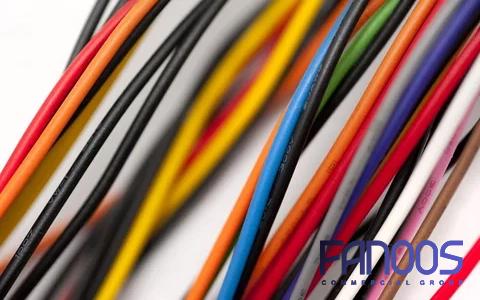
.
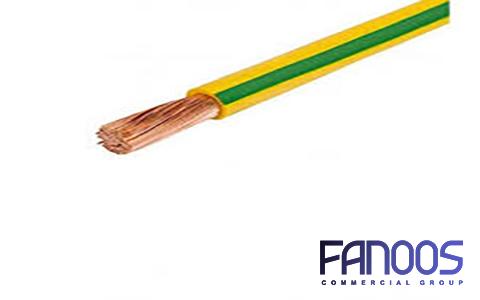 RG-6 and RG-59 are two common types of coaxial cables. RG-6 cables are suitable for high-definition television (HDTV) and broadband applications, while RG-59 cables are typically used for analog video and CCTV systems. 3. Fiber Optic Cables Fiber optic cables offer the highest data transmission speeds and provide immunity to electromagnetic interference. These cables consist of one or more glass or plastic fibers that transmit data using light pulses. Fiber optic cables are commonly used for long-distance communication and high-bandwidth applications. Single-mode and multimode are the two main types of fiber optic cables. Single-mode cables are designed for long-distance communication and can transmit data over several kilometers. Multimode cables are suitable for shorter distances and are often used within buildings or data centers.
RG-6 and RG-59 are two common types of coaxial cables. RG-6 cables are suitable for high-definition television (HDTV) and broadband applications, while RG-59 cables are typically used for analog video and CCTV systems. 3. Fiber Optic Cables Fiber optic cables offer the highest data transmission speeds and provide immunity to electromagnetic interference. These cables consist of one or more glass or plastic fibers that transmit data using light pulses. Fiber optic cables are commonly used for long-distance communication and high-bandwidth applications. Single-mode and multimode are the two main types of fiber optic cables. Single-mode cables are designed for long-distance communication and can transmit data over several kilometers. Multimode cables are suitable for shorter distances and are often used within buildings or data centers.
..
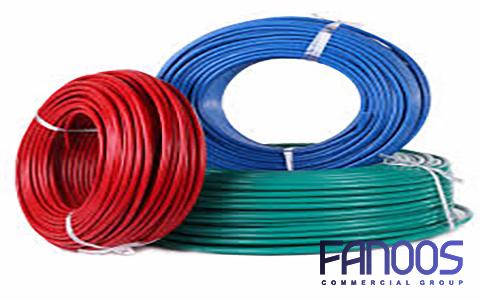 4. HDMI Cables High-Definition Multimedia Interface (HDMI) cables are essential for transmitting audio and video signals between devices such as TVs, monitors, and home theater systems. HDMI cables support high-definition resolutions, making them ideal for modern multimedia equipment. There are four different HDMI cable types: Standard HDMI, High-Speed HDMI, Premium High-Speed HDMI, and Ultra High-Speed HDMI cables. The selection depends on the desired maximum resolution and other specific requirements of the connected devices. 5. USB Cables Universal Serial Bus (USB) cables are widely used for connecting peripherals such as keyboards, mice, printers, and external storage devices to computers or other host systems.
4. HDMI Cables High-Definition Multimedia Interface (HDMI) cables are essential for transmitting audio and video signals between devices such as TVs, monitors, and home theater systems. HDMI cables support high-definition resolutions, making them ideal for modern multimedia equipment. There are four different HDMI cable types: Standard HDMI, High-Speed HDMI, Premium High-Speed HDMI, and Ultra High-Speed HDMI cables. The selection depends on the desired maximum resolution and other specific requirements of the connected devices. 5. USB Cables Universal Serial Bus (USB) cables are widely used for connecting peripherals such as keyboards, mice, printers, and external storage devices to computers or other host systems.
…
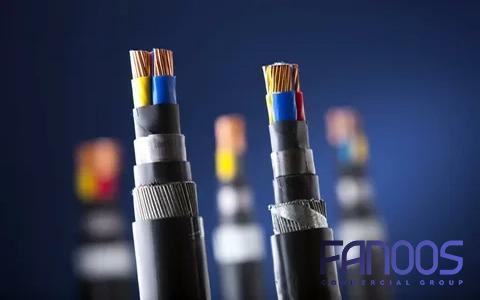 USB cables come in various versions, with each version offering different data transfer speeds. USB 2.0, USB 3.0, USB 3.1, and USB 3.2 are some of the commonly used USB cable versions. USB 3.0 and its successors provide faster data transfer rates and improved power delivery capabilities compared to USB 2.0. Conclusion Choosing the right type of cable for your business is crucial to ensure reliable and efficient connectivity. Whether it’s Ethernet, coaxial, fiber optic, HDMI, or USB cables, understanding their features and capabilities will allow you to make informed decisions. Consider factors such as bandwidth requirements, distance, and future scalability before investing in cables. By selecting the appropriate cables, you can enhance your business’s performance and productivity while ensuring a seamless communication network.
USB cables come in various versions, with each version offering different data transfer speeds. USB 2.0, USB 3.0, USB 3.1, and USB 3.2 are some of the commonly used USB cable versions. USB 3.0 and its successors provide faster data transfer rates and improved power delivery capabilities compared to USB 2.0. Conclusion Choosing the right type of cable for your business is crucial to ensure reliable and efficient connectivity. Whether it’s Ethernet, coaxial, fiber optic, HDMI, or USB cables, understanding their features and capabilities will allow you to make informed decisions. Consider factors such as bandwidth requirements, distance, and future scalability before investing in cables. By selecting the appropriate cables, you can enhance your business’s performance and productivity while ensuring a seamless communication network.
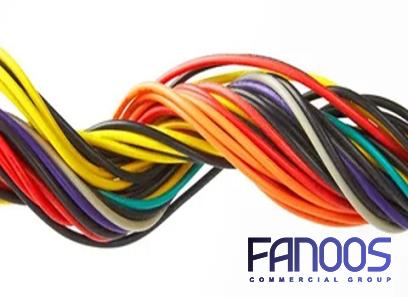
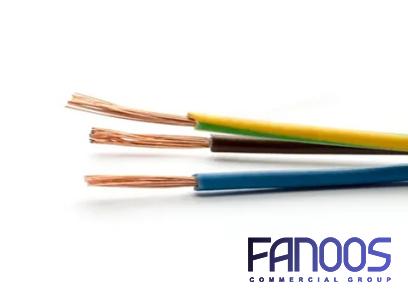
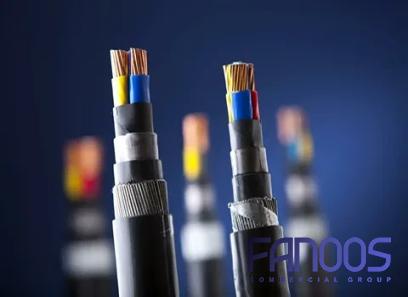
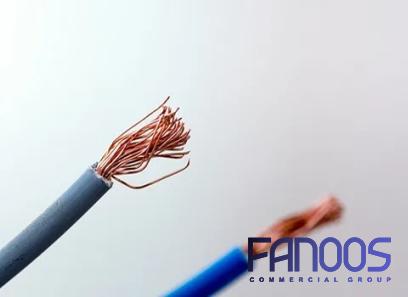
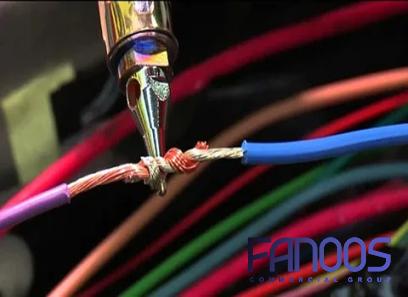
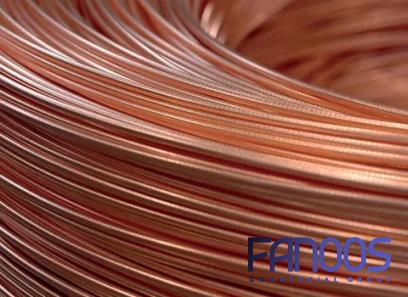
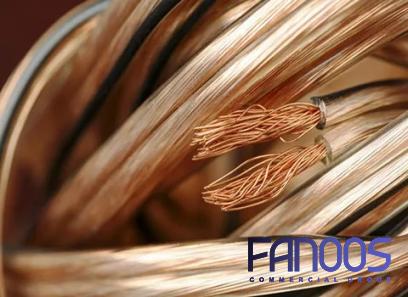
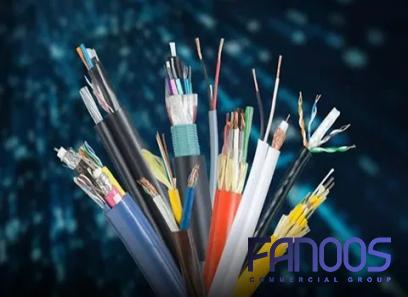
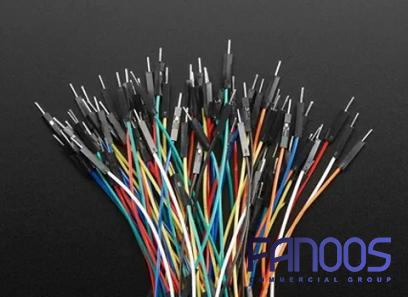
Your comment submitted.